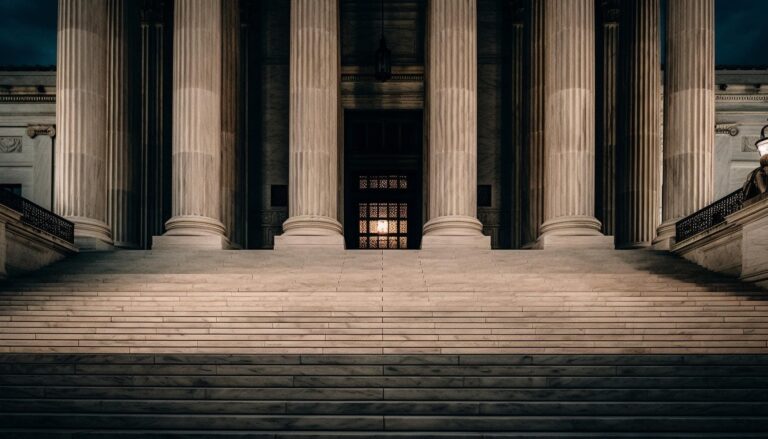According to a number of reports, the EU is considering passing legislation to stop people publishing pictures of famous buildings.
In most EU countries there is what is known as the “Freedom of Panorama” – which means that, generally, people are free to take pictures of landscapes and publish them. However, in some countries (including France and Belgium), there is no such principle and therefore the permission of the building owner is needed to publish pictures of these buildings.
So, is your selfie in front of the London Eye that you’ve put on Instagram about to land you in hot water? The short answer appears to be no (but as ever with the law there are shades of grey).
The background to this is that a review is being undertaken by the European Commission to seek to update Copyright law to make it more fit for purpose in the digital age. As part of this review a German MEP suggested that the Freedom of Panorama should be extended as a matter of principle to all EU member states – however, the other members of the committee disagreed and instead proposed a restriction – hence the headlines. However, there are two important observations:
- This is not law yet – and is a long way from being such (it would have to be voted through the European Parliament and agreed by a majority of member states); and
- The restriction proposed is on commercial use of such images – so personal use should not be impacted (although there may be a grey area if your personal blog generates you revenue through advertising or where the site you upload to can use the photo to generate revenue).
But, what’s the current position under English law? Well, buildings attract copyright for up to 70 years from the death of the creator. But by an exemption under the relevant legislation (s.62 of the Copyright, Designs and Patents Act 1988 for those who are interested) – you can take a photo or film of buildings and publish these without infringing the copyright in the building.
So can you just click away without fear? No – there are a few things you should bear in mind (especially if you’re using the photo for commercial purposes):
- You’ll need permission to stand in the location from where you take your photo – (Copyright law won’t trump the law of trespass);
- If you’re making commercial use of the photo – if the building has trademarks on it publishing pictures containing these could be a breach of the trademark;
- Likewise if there are other intellectual property rights involved in your photo – such as pictures of a detailed light show or a film or image being displayed on the building – you’ll need to consider these rights too;
- If a building is closely associated with an entity or organisation (for example a picture of the Co-operative’s iconic HQ building in Manchester) and you’re using the photo commercially, you need to consider “passing off” if the photo and your use of it could be construed as creating an association between you and the other organisation or that they are endorsing your products or services.
- The CAP Code issued by the Advertising Standards Authority states that in advertising, you should not use identifiable photos of the public or their possessions without their permission.
But what about the pictures that you’ve just uploaded to Twitter & Facebook of your family in front of the Stade de France from your recent trip? As the EU states in its blog, the restrictions currently in place in certain countries generally apply to commercial use of images and there is no evidence of tourists being hauled in front of courts for publishing their holiday snaps, so it appears you can rest relatively easily.
So, will the proposal have that big an impact or is it just a British newspaper scare story? Well, the proposal would create extra hassle for commercial users of photographs who would potentially need to obtain a number of consents for a shot taking in a number of buildings and my own view is that it would be overly burdensome and restrictive (especially given existing protections). Additionally, any legislation that may adopted would surely need to clarify what is meant by commercial use of an image to avoid the general public inadvertently breaching by sharing their images over social media – if the review is supposed to be bringing copyright up to date for the digital age, then it would be crazy to create a grey area precisely around digital and social use of images.

